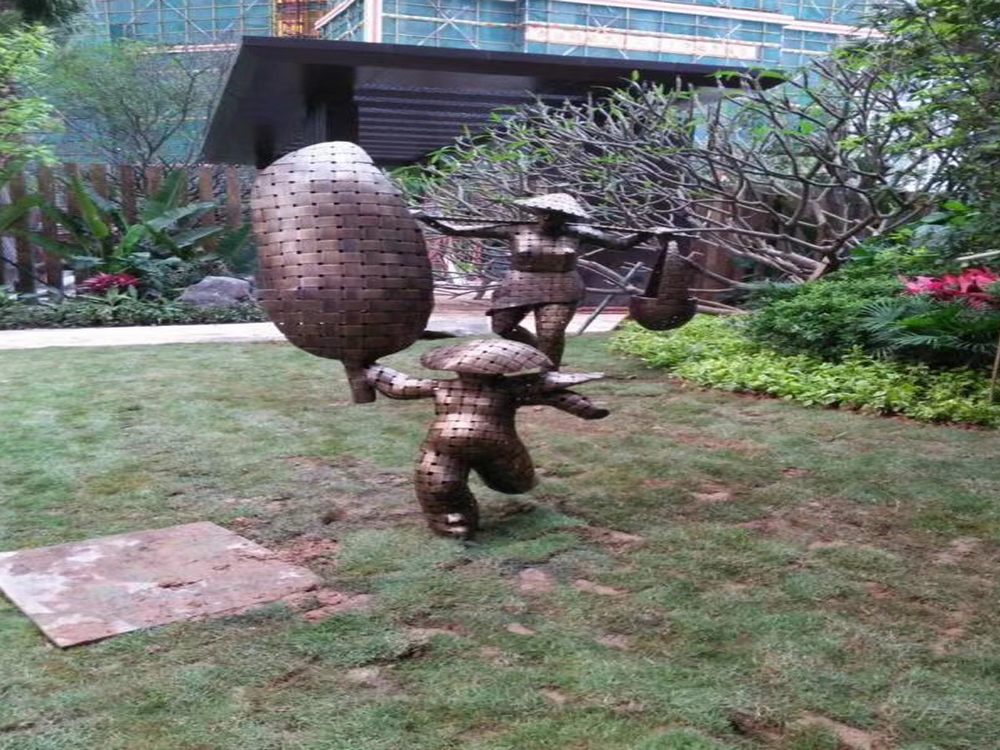
Bronze sculptures, renowned for their durability and timeless beauty, face unique challenges in areas prone to earthquakes. Unlike more fragile materials, bronze's inherent strength and flexibility often allow it to withstand moderate seismic activity better than stone or ceramic artworks. However, in high-magnitude earthquakes, even bronze sculptures can suffer damage such as cracks, warping, or detachment from their bases.
To enhance earthquake resistance, modern sculptors and conservators employ several techniques. These include designing sculptures with reinforced internal structures, using flexible mounting systems that allow slight movement, and strategically placing weight to lower the center of gravity. Some installations even incorporate base isolators - specialized shock absorbers originally developed for buildings.
Historical examples show mixed results. Many ancient bronze statues have survived centuries of seismic activity, while others required extensive restoration. Contemporary artists working in seismic zones often collaborate with engineers to create works that are both aesthetically striking and structurally resilient.
For collectors and institutions in earthquake-prone regions, regular maintenance and proper installation are crucial. This includes periodic inspections for stress fractures and ensuring mounting hardware meets current seismic safety standards. With proper precautions, bronze sculptures can continue to grace public spaces and private collections even in the world's most active seismic zones.

